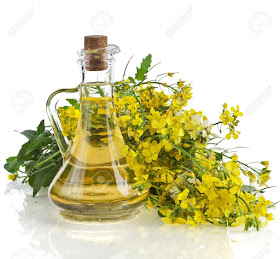Botanical
name - Daruharidra
Family -Berberidae
English name -Indian berbery
Sanskrit
names - Darvi, Daruharidra,
Parjanya, pajīni, Katankateri, Pītā, pacampacā,
Kāliyaka, Kālēyaka,
Pītadru, Haridru, Pītadāruka, Pītaka
Singhalese
name-Daruharidra
*Plant
use in Sri Lanka-Venivel.
Botanical name – Coscinum fenestratum Family -
Menispermaceae
Parts
used - roots, stem &
fruit
Properties:
Rasa Kashaya, Tikta
Guna Laghu, Ruksha
Veerya Ushna
Vipaka Katu
Medicinal uses
External
·
Conjunctivitis – past is applied around the eye.
·
A disease of the mouth & throat – Rasanjana
is used for gargling.
·
Vaginal discharge – use of douche prepared from
berberis.
Internal
·
Jaundice – decoction of berberis with honey.
·
Syphilis & other sexual diseases - decoction
of berberis is used.
·
Bleeding piles – The tablet of Rasanjana
prepared in radish.
Formulations
Darvyadi
kvata
Darvyadi
leha
Darvyadi taila
Darvyadi taila






















